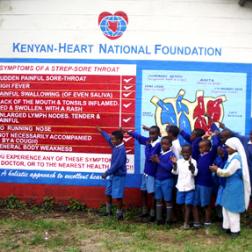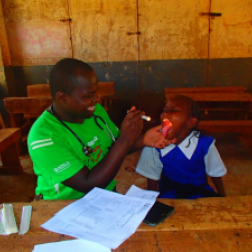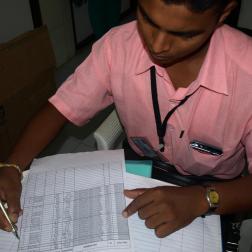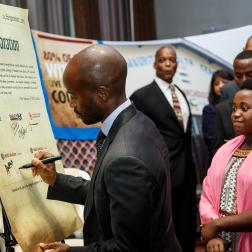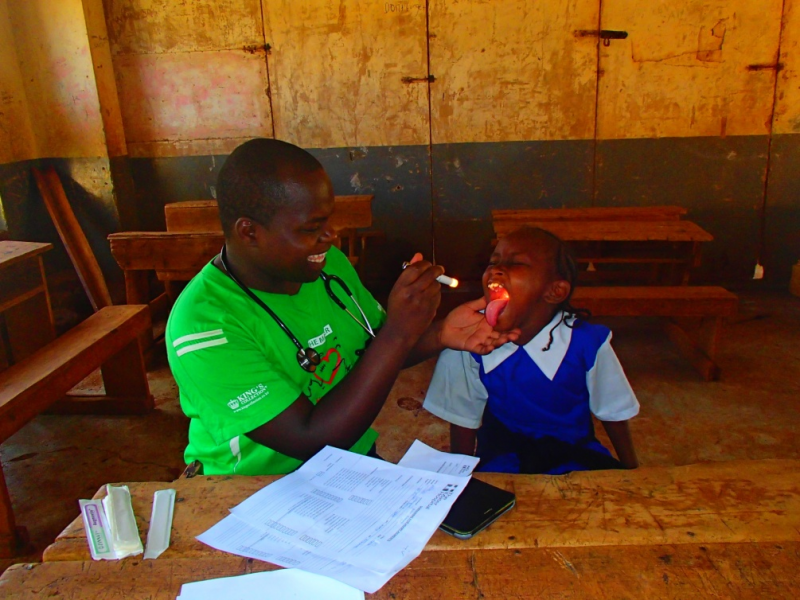Who gets strep throat?
PHIL_2110.png

What is group A streptococci?
Group A streptococci is a germ (bacteria) which cause a wide range of infections in humans. The most common site of infection is the throat, sometimes known as strep throat. Other strep infections can occur in the skin. More serious infections can occur in the blood, muscle or bone.
What are the complications of strep throat?
The major complication of strep throat is acute rheumatic fever (ARF). Other complications can include throat abscesses or ear infections. Kidney disease (post-streptococcal glomerulonephritis) can also follow strep throat.
Symptoms of a sore throat
People with a strep throat may have
- Throat pain or pain on swallowing
- Fever higher than 38°C / 100.4°F
- Feeling unwell with headache, nausea, vomiting or weakness.
Diagnosis
It can be difficult for health workers to know whether throat pain is caused by a viral infection or by the strep germ. Health workers may examine the throat, use rapid diagnosis kits or throat swabs to diagnose strep infection. Results from throat swabs are usually not ready for a number of days. Results from rapid tests may be ready in less than an hour but are not available in all countries and are not as always accurate as a throat swab.
Treatment
Appropriate antibiotic treatment of a strep infection can reduce the risk of developing RF by 80%. Many countries have guidelines for the type of antibiotics needed to treat strep throat. Some countries use antibiotic injections, in other places antibiotic tablets may be given. It is important to take these tablets for as long as recommended, even if the sore throat gets better sooner. Most children with strep throat will need time off school. Staying away from school for the first day of antibiotic treatment helps avoid spreading the infection to other children.

Inside the throat tonsils may be red, swollen or have white pus on the tonsil. Viral infections can cause similar symptoms and are easily confused with strep throat. Viral throat infections generally improve without treatment and have a low risk of complications. They are not associated with the development of RF.
